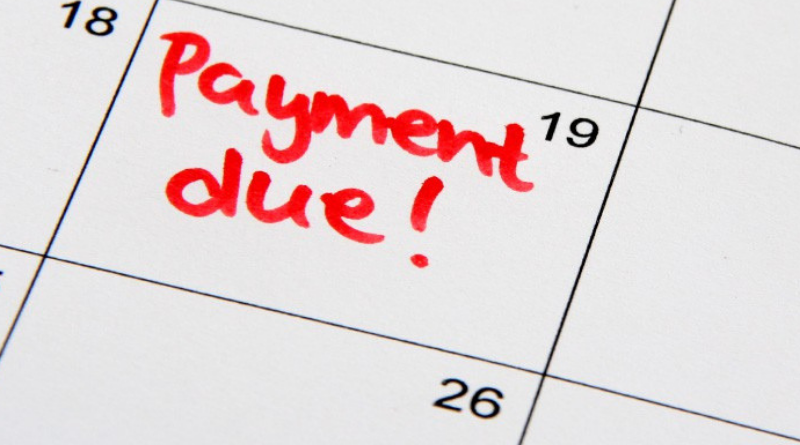When customers don’t pay on time, this can have a knock-on effect on your ability to pay your own company’s bills. Late payments can happen for a variety of reasons – a company may have genuinely forgotten to pay you on time or there could be processing delays if a client is waiting on a loan or a late payment themselves.

In other cases, customers that are financially struggling may try to get away with not paying for as long as possible or may not physically have the money. Whatever the case here are a few steps that could help to end the curse of customer arrears and start getting paid on time.
Keep chasing up late payers – but avoid harassing them
If you’re not chasing up late-paying customers, they won’t be urged to pay you. Make sure to regularly ask for your money but avoid doing it too regularly as this could be viewed as harassment. In a situation where you are struggling to locate the debtor, you could engage Trusted Person Tracing Services With Bond Rees or use the services of another specialist people tracer in your area to aid you in the search. However, it’s worth reading into debtors’ rights first so that you can avoid behaviour that might result in a legal claim being launched against you.
Make payment easier for your customers
Rather than demanding money from your customers, try to work with them to make payment easier. If it’s a large sum of money that they owe, allow them to pay it in instalments so that you’re getting some of it back. You could also consider accepting a credit card that could allow the customer to borrow money there and then. As for older customers that may not want to pay online, consider introducing a cash option. Some of the extra payment options may not be worth your time, which is something you will have to weigh up.
Know when to seek legal action
After several attempts at trying to get back your debts, you may want to consider taking further action. This could involve consulting a solicitor or even hiring a debt collection agency. In most cases threatening legal action will be enough to spur on customers to pay.
Maintain a steady cash flow with the right loans
You may want to take out a loan to cover the loss of owed income, helping you to cover expenses. This can then be paid back when your customer finally pays. Bridging loans & finance options could be useful if there’s a processing delay and you’re guaranteed money from customers in a few days. Invoice factoring meanwhile could be useful in more unpredictable cases when you’re unsure when a customer is going to pay you but you need the money in the meantime. Shop around for loan options will low-interest rates to avoid paying unnecessary amounts.
Set reminders for you and your clients
Clients may be forgetting to pay, in which case you may need to start scheduling reminders when payment is due. Reminders could also be useful for your own benefit, alerting you of when customers should be paying you – this could prevent you from discovering months down the line that a customer should have paid you.
Screen your customers to prevent future late payments
Screening customers may seem like a drastic measure, but it could help to prevent you from taking on a customer with a history of missing payments. Credit checks are the best way of doing this, giving you a good idea of how good a spender someone is. Many companies that offer subscriptions will do credit checks and reject customers with seriously poor credit scores.
This is a collaborative post.

